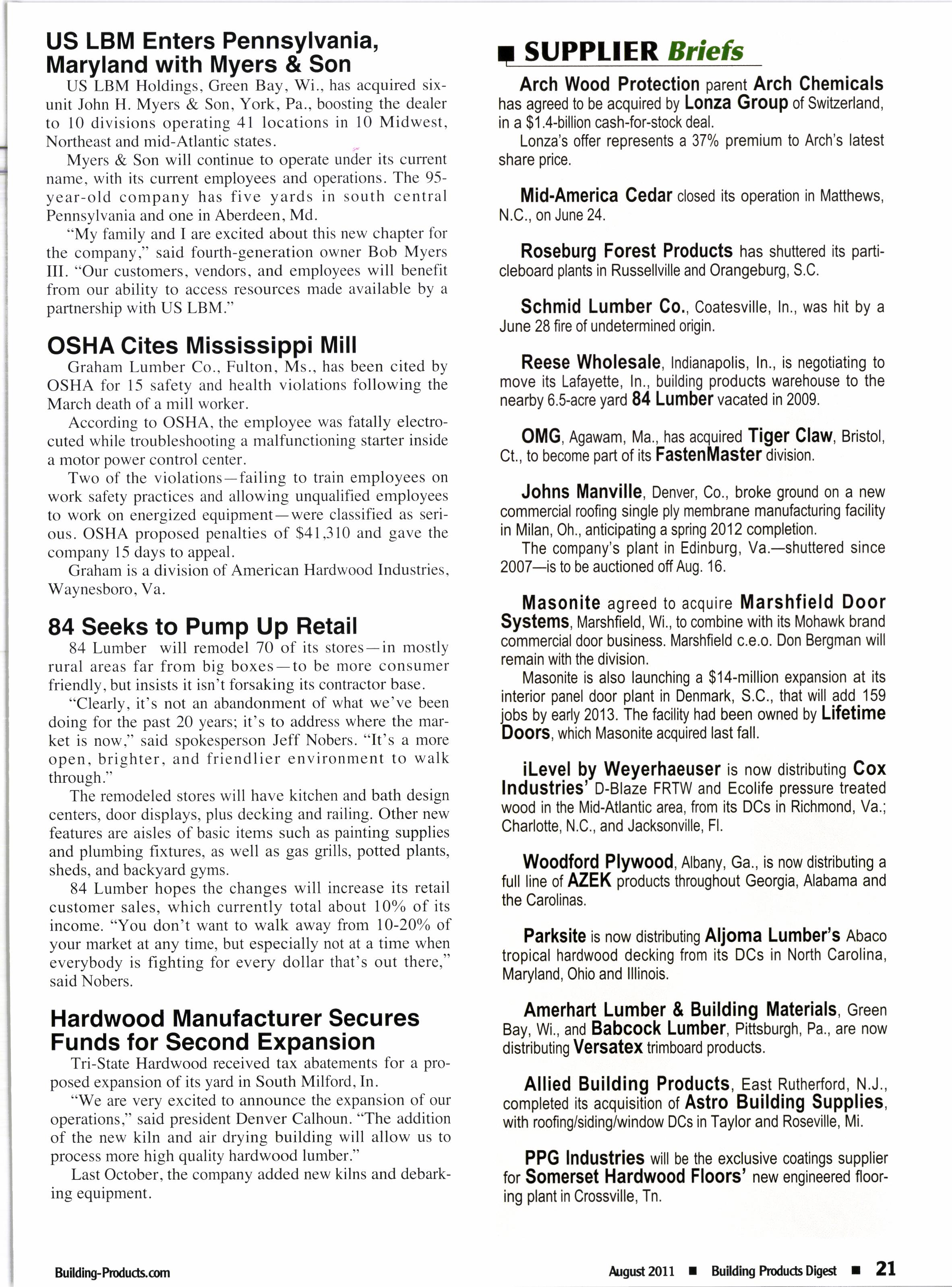
2 minute read
Gertified intolerance @ruq;
Ixncrlv FrFry vEARS AGo, groups of civil rights
-U,/activists boarded interstate buses in Washington, D.C., and headed to New Orleans to call attention to segregationist laws that existed in the South in those days.
These "freedom riders" were met with opposition and violence, and it is a sad reminder of the ignorance, nzrrrowmindedness, and intolerance that once was prevalent in our region.
Coincidentally, the present restoration of an iconic civil rights building in New Orleans should draw attention to the ignorance, narrow-mindedness, and intolerance that exists in the world of forest certification today. We do not mean to imply that the dispute between forest certification programs can begin to compare to the struggles of the civil rights era. We merely wish to point out that the thought process in both situations are similar.
The William Frantz elementary school in the 9th Ward of New Orleans has the distinction of being the first segregated school in the country to become integrated. When 6year-old Ruby Bridges was escorted to the school by U.S. marshals in 1960, the incident inspired the Norman Rockwell painting "The Problem We All Live With." The painting later appeared on the cover of Look magazine.
The Frantz school is currently undergoing restoration.
We were made aware of the project by a millwork house that was looking for Forest Stewardship Council-certified southern pine. Upon further investigation, as we expected, we discovered that the project is required to meet LEED Green Building certification. As everyone in our industry should know by now, LEED refuses to recognize any forest certification programs except FSC. Virtually no southern pine lumber is FSC certified, but there are abundant supplies of southern pine certified to other world-renowned certification standards.
To further complicate things, the Frantz project is also a historical restoration. This means original materials, in this case southem pine, must be used in the project.
Suppliers are in a Catch 22: it must be southern pine because it's historic, it can't be southern pine because it is LEED. Even though only a portion of the lumber in the project has to be FSC to achieve the LEED certification, invariably due to lack of education throughout the supply chain, someone sees LEED and specifies that all the wood shall be FSC.
Ironically, FSC certification is meant to verify forest sustainability. The southern pine industry can supply exactly the same type of wood that was used when the school was built in the 1930s. This alone should be proof of sustainability, not to mention that if FSC wood is used, it must be transported great distances. In fact, it is almost certain that no softwood grown or produced in the state of Louisiana will be used in this project.
The same ugly ideas of intolerance, narrow-mindedness, and ignorance that existed during the civil rights era can be found here. Intolerance and narrow-mindedness is exhibited by LEED in only recognizing FSC-certified wood. Ignorance of green building and forest certification standards unfortunately run throughout the supply chain, beginning with many architects and specifiers.
Ruby Bridges is now 57 and serves on the Rockwell Museum board. In speaking about Mr. Rockwell's painting, she recently said, "If (people) didn't know what was going on... this would have told them." We can only hope that the Frantz school restoration will have a similar effect on another important Problem We All Live With now.
- Mark Junkins is sales manager at McShan Lumber Co., McShan, Al. He can be reached at smj@mcshanlumber.com or (800) 882-3712. The Rockwell painting can be viewed at e n.w ikip e dia.or g / w iki/ fi le : t he -proble m -w e - all - live -with- normanrockwell jpg.
By Dr. Lynn O. Michaelis, RlSl










